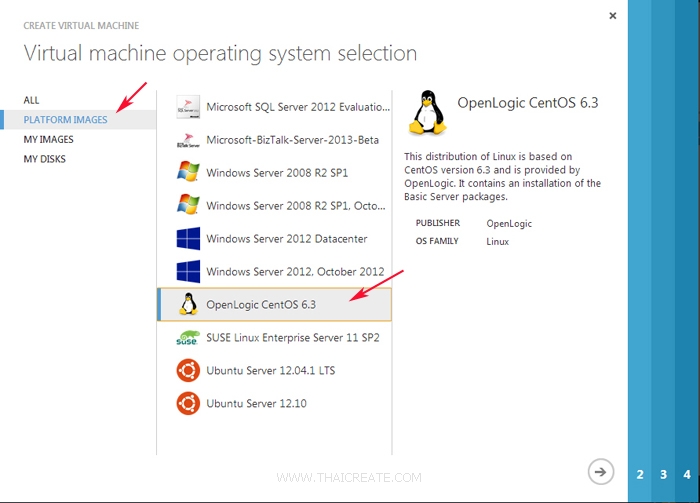
Note that unlike QEMU, however, VMware Workstation Player cannot run ARM operating systems.1.1. With support for all major Linux operating systems and over 200 guest OSes, VMware Workstation Player is a smart Linux VM solution. Fortunately, they also release a free version for more focused use cases. VMware are the industry leaders in desktop and server virtualization, with thousands of corporate clients. These projects are in varying stages of development-for the best results, try QtEmu. These QEMU forks add a graphical user interface (GUI) so you can run a Linux VM without typing commands: This can prove challenging for newer Linux users, but fortunately there are solutions. You can install QEMU with: sudo apt install qemu qemu-kvm libvirt-binĪs noted, the command line interface in the terminal is used to run QEMU. When you have enabled virtualization, hit F10 to save and exit.Īlthough the unabbreviated name for QEMU is "Quick Emulator", it is in fact a hypervisor, a tool for managing hardware virtualization. Older BIOS environments are navigated using the arrow keys however, menus in newer UEFIs can be accessed with a mouse.


You should see reference to VT-x, VT-d, or AMD-V. Look for "Virtualization"-the type your computer's CPU supports will be listed. To check if your Linux PC can handle virtualization, open a terminal and enter: lscpu Not least because it will reduce the drain on your computer's system resources.

While your chosen guest OS might run without hardware virtualization, if the option is available, it is worth using. How to Activate Virtualization on Your PC


 0 kommentar(er)
0 kommentar(er)
